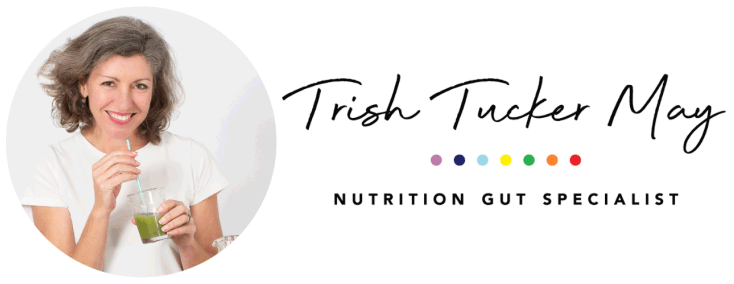Top Tips To help you with emotional eating.
Do you suddenly feel hungry, stressed and overwhelmed?
Do you crave specifically unhealthy foods? Do you feel guilty or ashamed after eating?
Do you feel as though you have to eat immediately? Is your hunger satisfied when you’re full?
Physical hunger won’t make you feel shame about eating food, whereas emotional hunger is often linked with unpleasant emotions.
How to stop eating emotionally?
It can be difficult to stop emotional eating, especially when it’s become a habit over a long period of time. But don’t worry—it’s absolutely possible to address emotional eating and pay attention to your true hunger cues, allowing you to work through your emotions separately.
This will improve your physical and your mental wellbeing, and will be an important step to healing your gut and balancing your hormones.
If you feel hungry, drink water first.
Sometimes you can be dehydrated and confused about hunger sensations.
Wait five minutes before eating when you feel hungry.
Try to identify your emotions before eating. How are you feeling? How do you want to feel? If you are feeling tired, bored, lonely, angry, sad it can be helpful to find another way to sooth other than food.
Have a list of your tools in your toolkit and post it on the fridge. This could be a short walk, legs up the wall, lying down, calling a friend, or listening to your favourite music.
Keep track of your eating habits to identify your triggers.
My clients find it useful to track daily food in the client app – this helps with accountability.
Keep healthy snacks on hand for when you are physically hungry
Things like carrot sticks and hummus or a handful of nuts will help to satisfy true hunger – and if you don’t want to eat them, it’s a sign that you may not be physically hungry,
Incorporate healthy habits into your daily life
Go for walks – anything to get OUT OF THE KITCHEN!
Eat regular well-balanced meals – DON’T SKIP MEALS. This adds to stress.
Get enough sleep and
Connect with friends and family
All these will help to boost your mental health and help you to address your emotional eating.
Triggers such as boredom, sadness and stress can result in overeating—even positive emotions such as excitement and happiness can be a trigger, as well as using food as a reward.
By working to understand why you’re eating emotionally, you’ll be better able to recognise your trigger emotions and be able to actually work through them instead of reaching for food.
If you are struggling with bloating and emotional eating please download the free eBook.
To get started download the free eBook to beat the belly bloat and balance hormones. https://passion4juice.groovepages.com/




